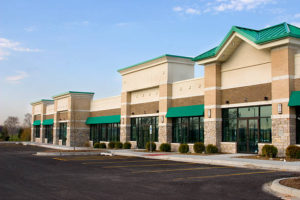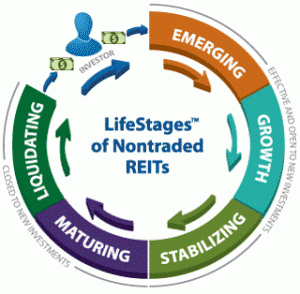Up to $28B in Distressed Retail Could Hit the Market in the Next 24 Months
So far, lenders have been open to loan workouts, but that won’t last forever, market sources warn.

March 29, 2021 | Patricia Kirk | Wealth Management
As the U.S. enters year two of the COVID-19 pandemic, strip centers and malls, which have had most of the exposure to retail tenants that have struggled from a sales perspective, stand at the greatest chance of experiencing property-level distress in the months to come, according to Kevin Cody, senior consultant at real estate data firm CoStar Advisory Services.
CoStar expects the average vacancy rate for malls across the country to climb by around 3.1 percentage points between the fourth quarter of 2019 and the fourth quarter of 2021, Cody notes. At the same time, the vacancy rate for neighborhood shopping centers and freestanding retail will likely climb by only 1.3 percentage points and 0.4 percentage points, respectively.
Many mom-and-pop retail businesses around the country were saved by federal Paycheck Protection Program (PPP), which provided them with much-needed financial relief. But smaller operators in urban centers like New York City face greater difficulty coming back because many of them are dependent on the return of office workers for their survival, according to Jay Olshonsky, president and CEO at real estate services firm NAI Global. Comparatively few people are going back to the office right now and even fewer are going in five days a week, “so they don’t need to buy lunch,” he says. Meanwhile, the forced closing of “non-essential” retail last year, combined with long-term acceleration in online shopping, has led many of the nation’s larger chain operators to, at best, reduce their bricks-and-mortar locations, and at worst, file for bankruptcy or liquidation.











